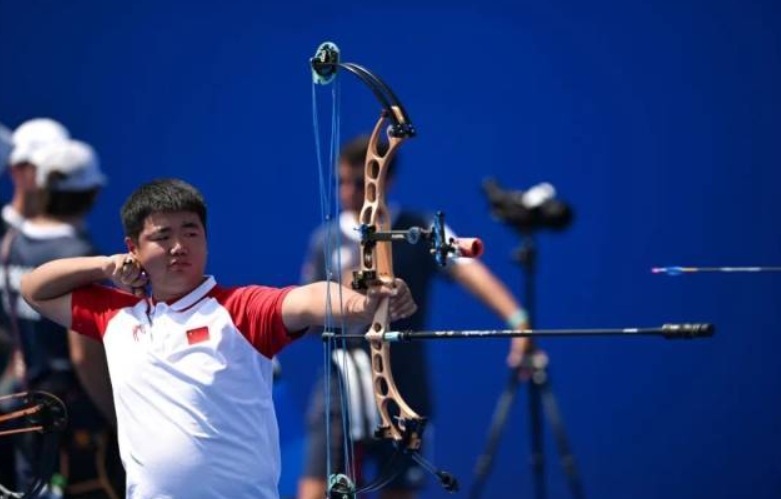Release time:2025-04-12 15:55:39Clicks:author:SPG ArcheryMain categories:Bows, Arrows, Archery Accessories

These few dozen words contain all aspects of the movements, techniques, and psychology of archery. Now many people have good postures, and few have hunchbacks. Basically, they all meet the basic requirement of "shooting with noble figure and upright aspirations". Archery emphasizes "five levels and three supports". Among the "five levels", two shoulders are level, which is what we call sinking shoulders or collapsing shoulders. The shoulders should be collapsed. When they are collapsed, other movements will be easy to do. Practicing the basic skills of archery and collapsing shoulders are the foundation.
"Straight-line force" is the basic form of force in archery, and "symmetrical straight-line force" is the force characteristic of archery. The equal and opposite forces of the push point and the string hook point are the basic conditions for "symmetrical straight-line force". Therefore, the accuracy of pushing the bow and the accuracy of drawing the bow are very important. Start symmetrical force from the time of raising the bow until the end of the release action. Release makes the symmetrical force reach its peak.
If an archer's movements and force are like this, his technique can achieve clear movement levels and symmetrical force on the left and right, which meets the requirements of biomechanics. To achieve "shoulder sinking", you need to pay attention to the following three points
1. The first thing to pay attention to is the standing posture. Only when the center of gravity is stable can you avoid being "pushed back by the bow" and shrugging your shoulders. The extension line of the two shoulders is facing the center of the bull's eye to ensure that the straight force pushes straight. In addition, before raising the bow, stop for a while, relax your shoulders and sink them down, rotate your arms, find the push point and the straight force of pulling the bow (yes, all of this is done before raising the bow). The purpose of stopping is to leave a memory of the action in your mind. The last one is very important.
2. The second thing is to raise the bow, push the bow along the farthest end of the body. When raising the bow, focus on the outer side of the upper arm of the front hand, feel the linear force on the back, bring strength to the back hand, and do not have any strength on the wrist and forearm. Imagine that the elbow tip and the right shoulder are two extension lines, and extend and exert force in the opposite direction of the center of the bull (this extension force is the key point)
3. The third thing is to open the bow. The front hand should have a clear feeling of pointing to the center of the bull. This feeling comes from your back muscles (here you need to pay a little attention to the front shoulder blade, and control the front shoulder from hunching. Of course, if the center of gravity and directionality mentioned above are done well, the front shoulder will not rise.) The extension force of the elbow tip and right shoulder mentioned when raising the bow is the key point at this time. Continue the previous force and use the elbow tip to lead the hand to the position (not the hand position, but the elbow tip position). After the position is in place, check whether the linear force is converted to the back and whether the two shoulders are open and pressed. If not, retract decisively and do the action again.
In fact, the consistency of the final arrow release is guaranteed by the above three stages.